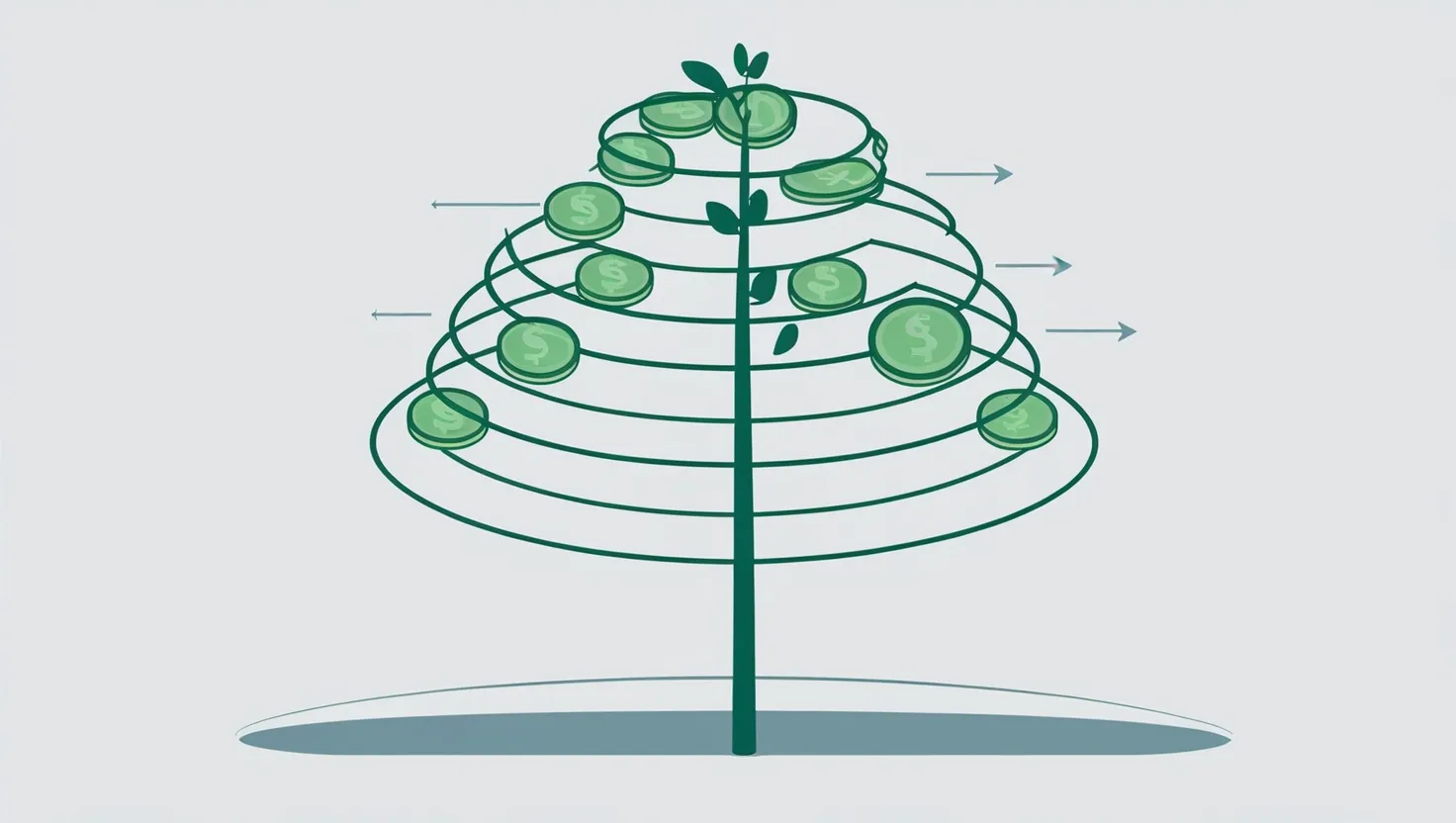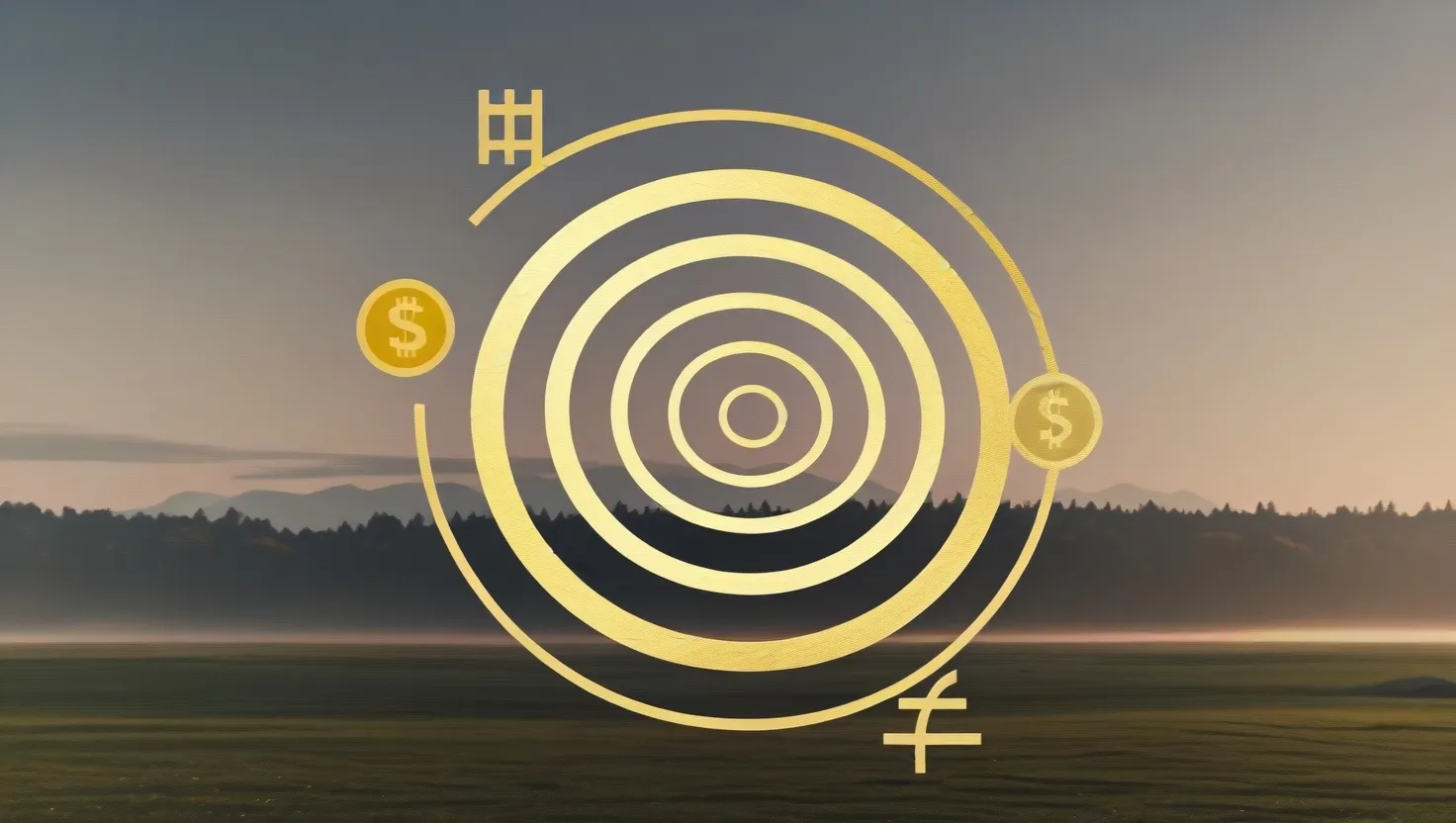Building wealth through dividend reinvestment is simple at its heart, but the magic happens in the details. I want you to see this not as a jargon-filled money trick but as a hands-on way regular people create lasting financial power—even if they start small, even if investing sounds intimidating, even if the whole stock market world feels like it’s in another language.
So, let’s break this into bare essentials, minus anyone showing off. Reinvesting dividends is nothing more than taking the cash a company pays you for holding their stocks and, instead of spending it, you turn around and buy more of the same stock. Do this over and over, year after year, and you get what Einstein admired so much: compound interest. The returns stack on top of themselves, multiplying what you have far faster than if you kept all your rewards in cash.
“Compound interest is the eighth wonder of the world. He who understands it, earns it … he who doesn’t … pays it.” —Albert Einstein
How do you start? If someone dropped you in a room with a thousand different options, what’s the first step? Begin with finding companies—or funds—that actually pay you regularly. But not just anyone. There’s an entire group called “dividend aristocrats.” These are companies so reliable that they’ve not just paid, but increased their dividends every year for at least twenty-five years. Just imagine the steadiness it takes to pull that off. When storms hit the market, these companies keep sending out checks. I always look for names that have lived through recessions, bear markets, technological shifts, and still shared profits with shareholders.
Let’s be honest, some people chase the highest dividend yields out there, thinking they’ve found a shortcut. The truth? Sky-high yields often hide trouble. If a company offers a yield much higher than its peers, ask yourself: why isn’t everyone buying this? Sometimes it’s a sign the company’s in a tough spot, and the dividend may not last. What’s more powerful in the long run is dividend growth—finding companies that regularly boost what they pay out, even if the starting yield isn’t flashy. Take a stock that pays 3% and grows that payout by 7% each year. Over decades, this often beats just picking a static, higher yield that never budges.
“The stock market is filled with individuals who know the price of everything, but the value of nothing.” —Philip Fisher
If you enroll in a dividend reinvestment plan—most brokerages call these DRIPs—the technical part is handled for you. The minute you get a dividend, the money automatically buys more shares, sometimes even just fractions, directly into your account. No waiting, no fees, no calls to make. So every penny starts working as soon as possible. DRIP programs are like the bread-and-butter of compounding; they make your investments run on autopilot, meaning you’re getting the full force of time and regular investment, even if you don’t perfectly time every purchase.
Want an interesting twist? With DRIPs, you often buy at different prices each time. If the stock is down one quarter, your dividend buys more shares. If it’s up, you get fewer shares. Over the years, this process smooths out the bumps, sometimes lowering your average price—a simple version of what pros call “dollar-cost averaging.” It’s not about genius. It’s just putting your money to work, rain or shine.
I always hear: Won’t this only work if you stick to a handful of safe, big companies? The answer is no. In fact, the smartest investors sprinkle their dividend investments across many areas: utilities, technology, consumer staples, maybe even healthcare and real estate. Each sector faces its own risks. Spreading your money out means if one area has a bad year, others might keep paying and growing. You don’t need to guess which company or industry will be the next winner; you’re building a team instead of betting everything on a single star player.
And here’s a little-known trick: Don’t overlook smaller companies that are just starting to grow their dividends. Some of the world’s biggest dividend aristocrats began as small companies with big ambitions to reward shareholders. Mix in a few up-and-comers with the old standbys, and you give your portfolio a better chance at higher growth—while the blue chips provide stability.
“Do not put all your eggs in one basket.” —Warren Buffett
Everything I just described sounds mechanical, but real wealth comes from staying a bit curious about what you own. I check my investments at least every few months. How’s the company doing? Are they still delivering on their promises? Has anything changed in how they make money or pay dividends? If a company starts stretching its budget or taking on too much debt just to keep up the dividend, those are warning signs. The smartest thing is not to panic with ups and downs, but also not to ignore red flags.
The numbers don’t lie here. Imagine investing $10,000 in a stock yielding 3%. If you simply pocket the dividend, that gives you $300 each year. Not bad. But if you reinvest those dividends and the company grows its payouts by just 7% a year, twenty years later you don’t have $16,000—you have almost $43,000. The difference is all from compounding.
People sometimes think you need a financial degree or a silver spoon to make this work. In reality, a huge portion of the world’s everyday millionaires built their wealth through boring, consistent habits just like this. They didn’t pick the next Apple or outguess market swings; they simply owned quality companies, reinvested dividends, and let time do what time does best.
Let’s pause and ask: Are you more interested in short bursts of fast wins—or are you interested in building something that can one day replace your job’s income, send your kids to college, or let you retire early? Heavy trading eats up returns in fees and taxes, not to mention the stress. Dividend reinvestment is a silent worker, invisible in the day-to-day but mighty over years.
“Someone’s sitting in the shade today because someone planted a tree a long time ago.” —Warren Buffett
If you feel overwhelmed by the sea of stocks and funds, start simple. Most brokerage platforms let you filter for “dividend growth” or pick a fund that automatically picks an entire basket of the world’s best dividend-paying companies on your behalf. With one click, you get instant diversity, regular dividends, and the power of reinvestment.
One more unconventional angle: Many investors overlook the taxes on dividends. DRIP investing sometimes allows you to delay taking cash, which, depending on your country, can help with tax planning. Particularly in retirement accounts, where taxes may be deferred or reduced, reinvesting dividends can snowball your wealth even faster.
If you want to make your children or grandchildren beneficiaries, setting up dividend reinvestment plans can be an extremely simple but powerful way to pass on wealth. Unlike real estate or complex businesses, these are easy to understand, require almost no ongoing work, and are hard to mess up. Compounding works just as well for $100 as it does for $100,000. Generational wealth rarely starts from windfalls. It usually starts from habits.
“Never depend on a single income. Make investment to create a second source.” —Warren Buffett
If there’s a takeaway I’d offer for someone just starting out: Power is not about the size of your first investment. It’s about consistency and patience. But it’s also about staying curious. Watch what you own, check in regularly, and don’t be afraid to change direction if facts and fundamentals shift. Never confuse action with progress—sometimes the best action is to let your plan work without interference.
So ask yourself: Are you letting dividends pile up in cash, or are you using every penny to plant stronger roots? Are you chasing quick wins, or are you building something slow and resilient? Wealth isn’t reserved for experts. It’s a result of simple actions, repeated over time, with the patience not to interrupt them. If you stick with it, one day you’ll look back and realize you made it happen—not by luck, but by following the quiet math of reinvestment.
If you were hoping for magic, this is it: people who seem lucky often just started earlier, kept things automatic, and let time do the heavy lifting. You could be one of them, starting today. Plant this idea and see where it takes you—years from now, you’ll likely be surprised by its strength.






